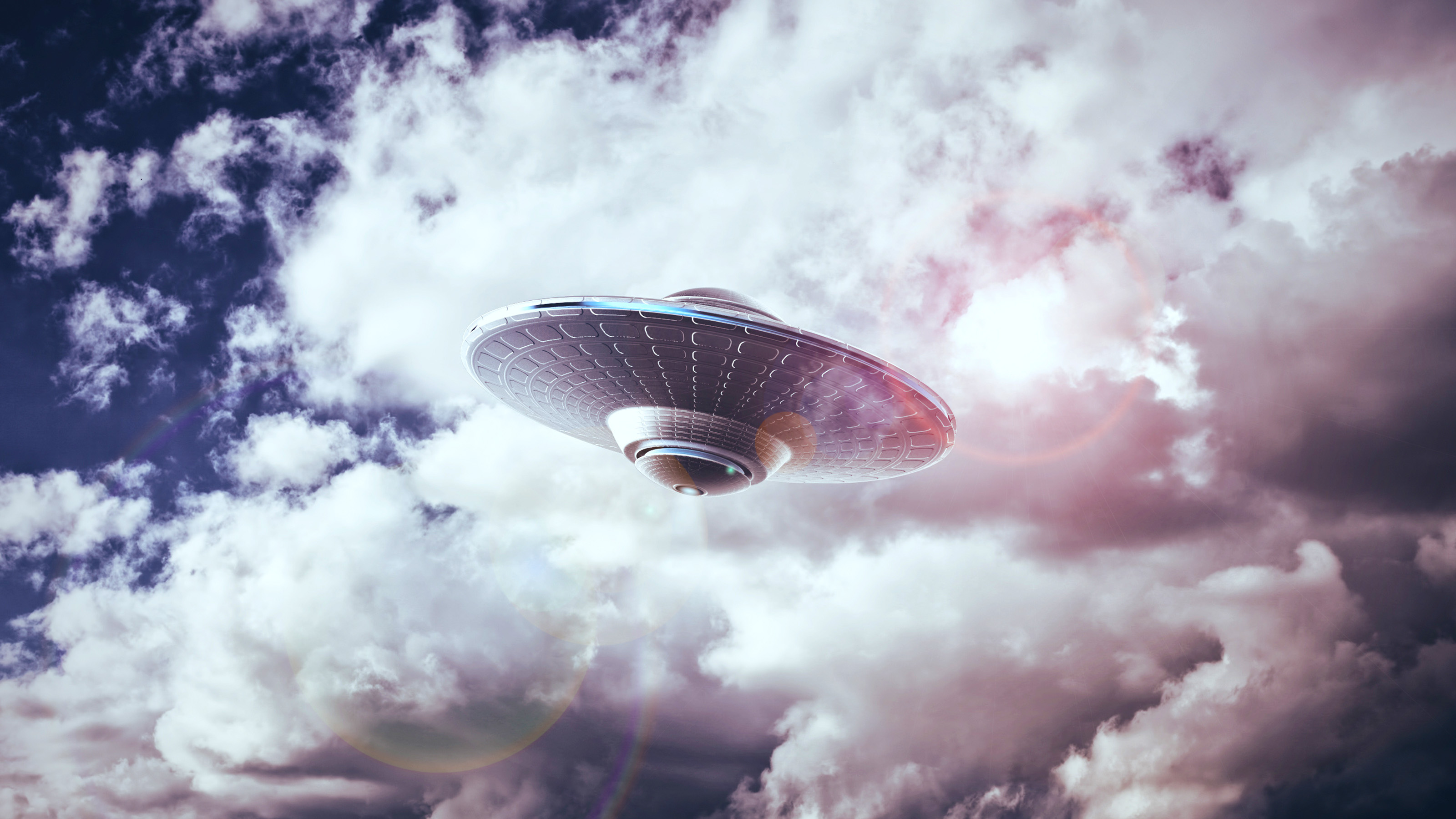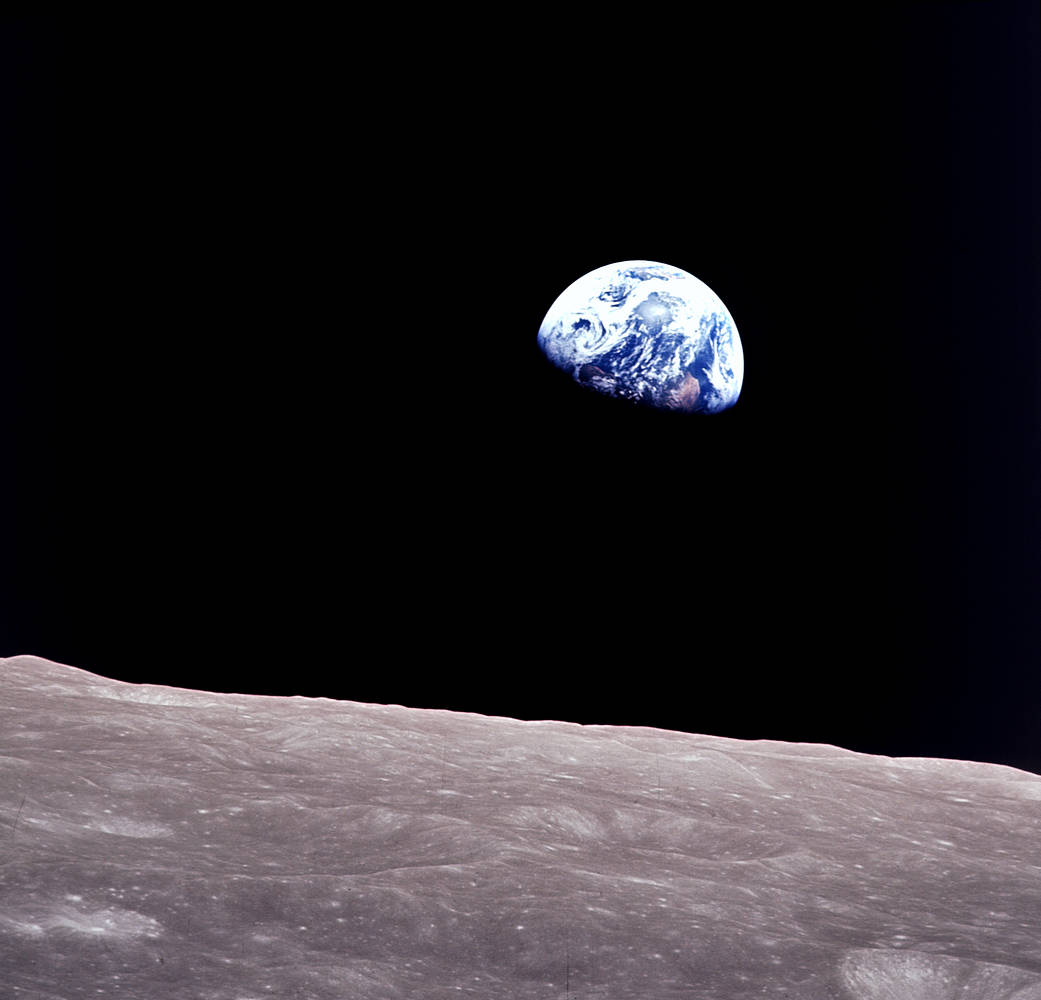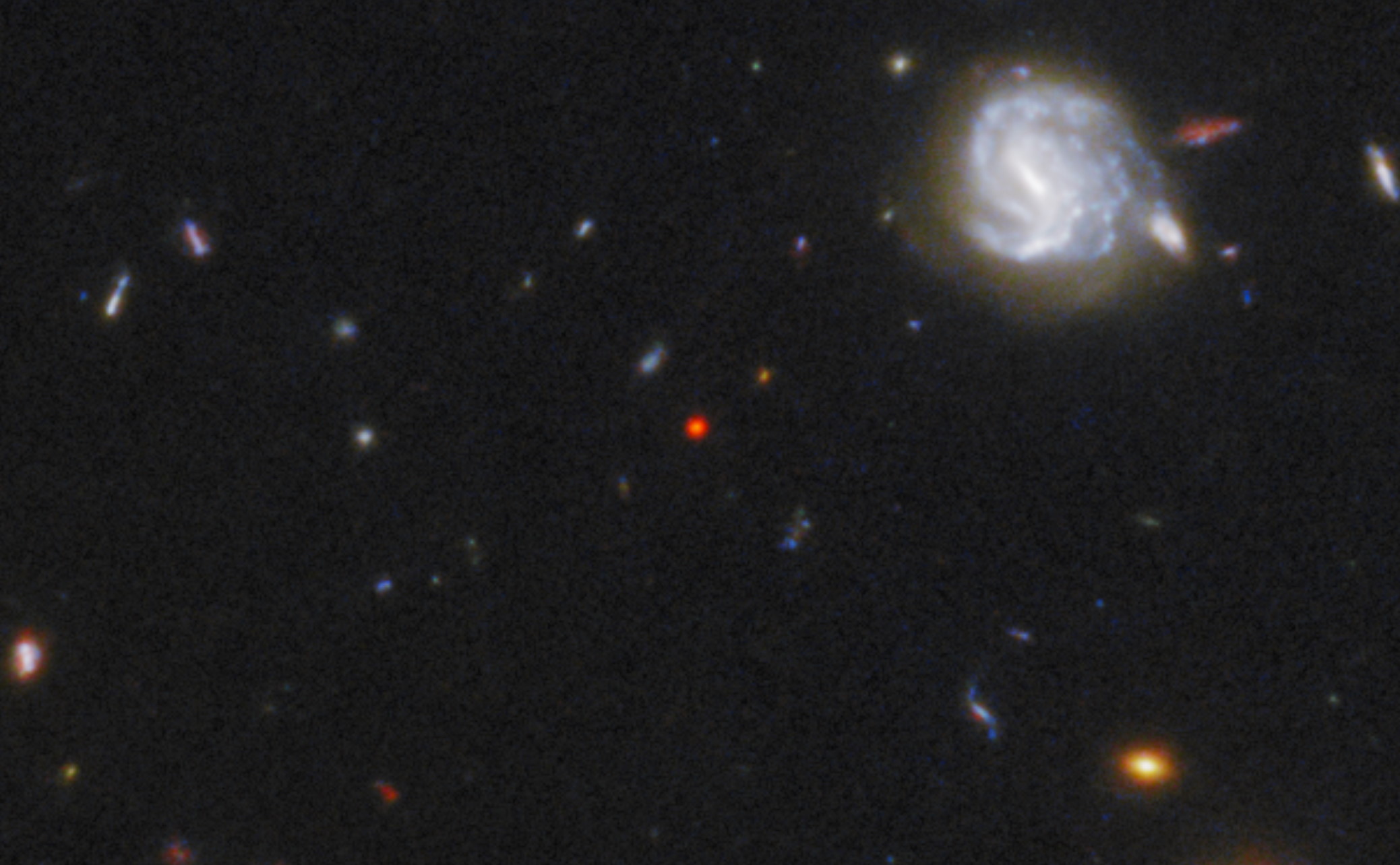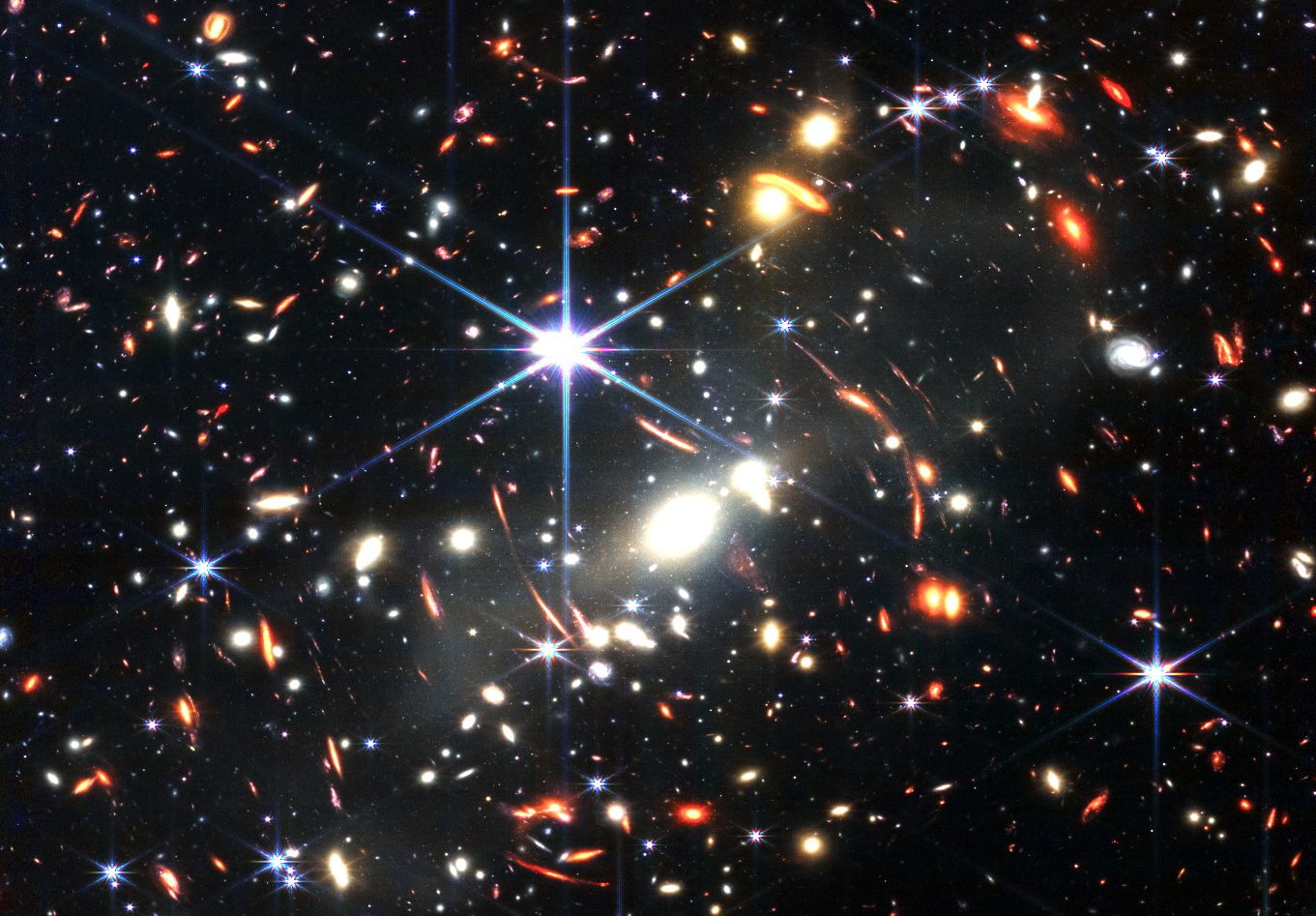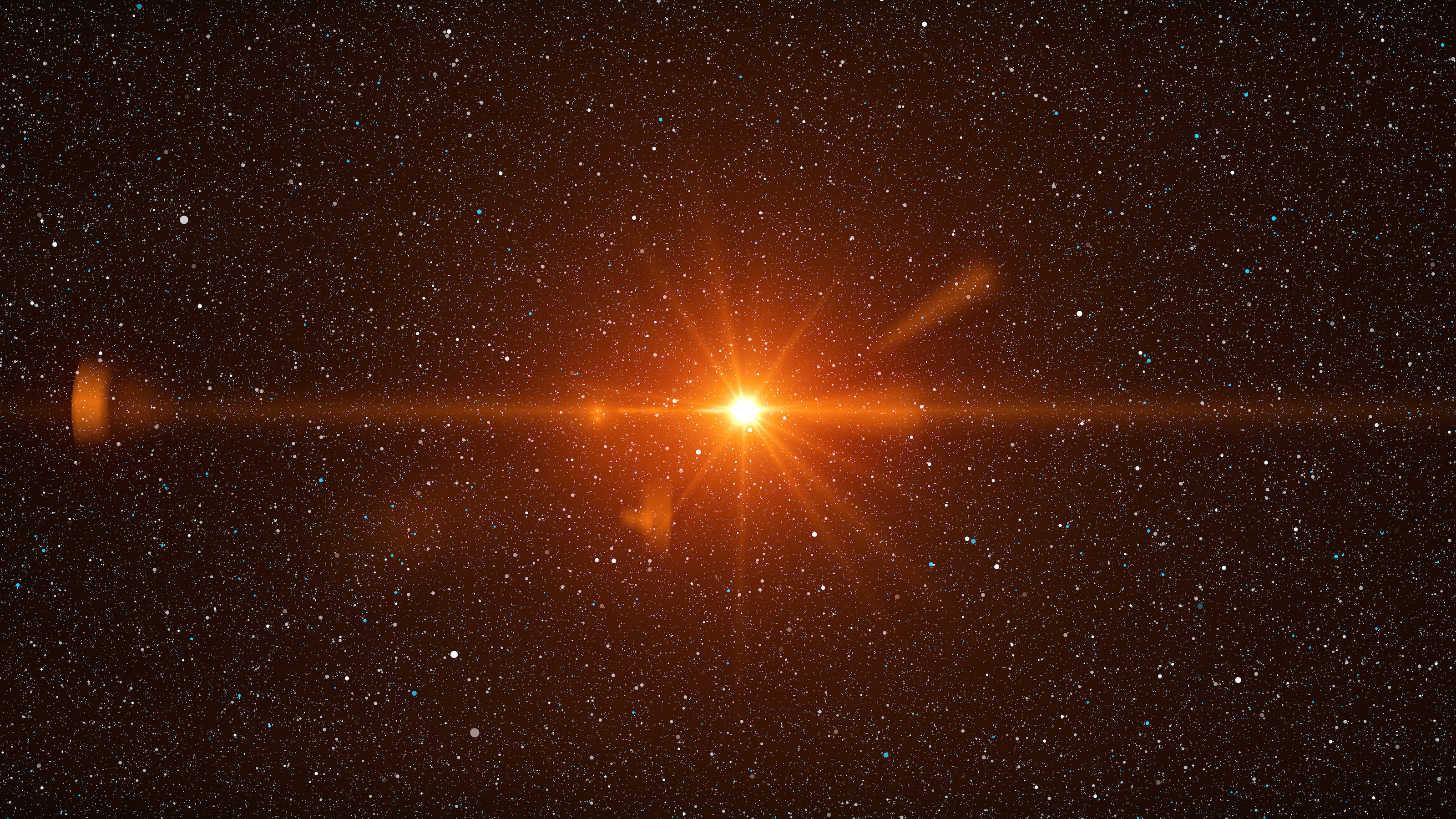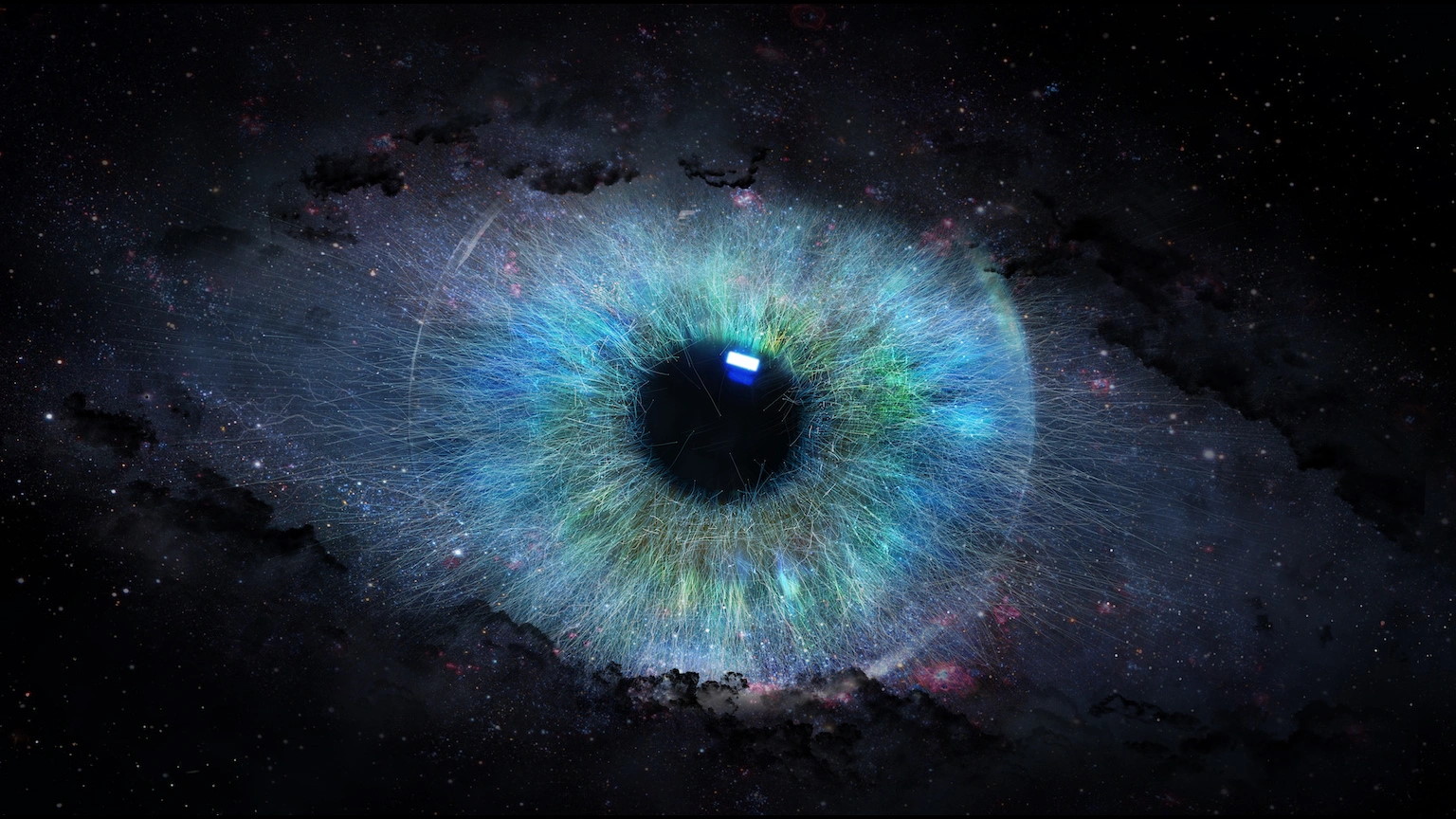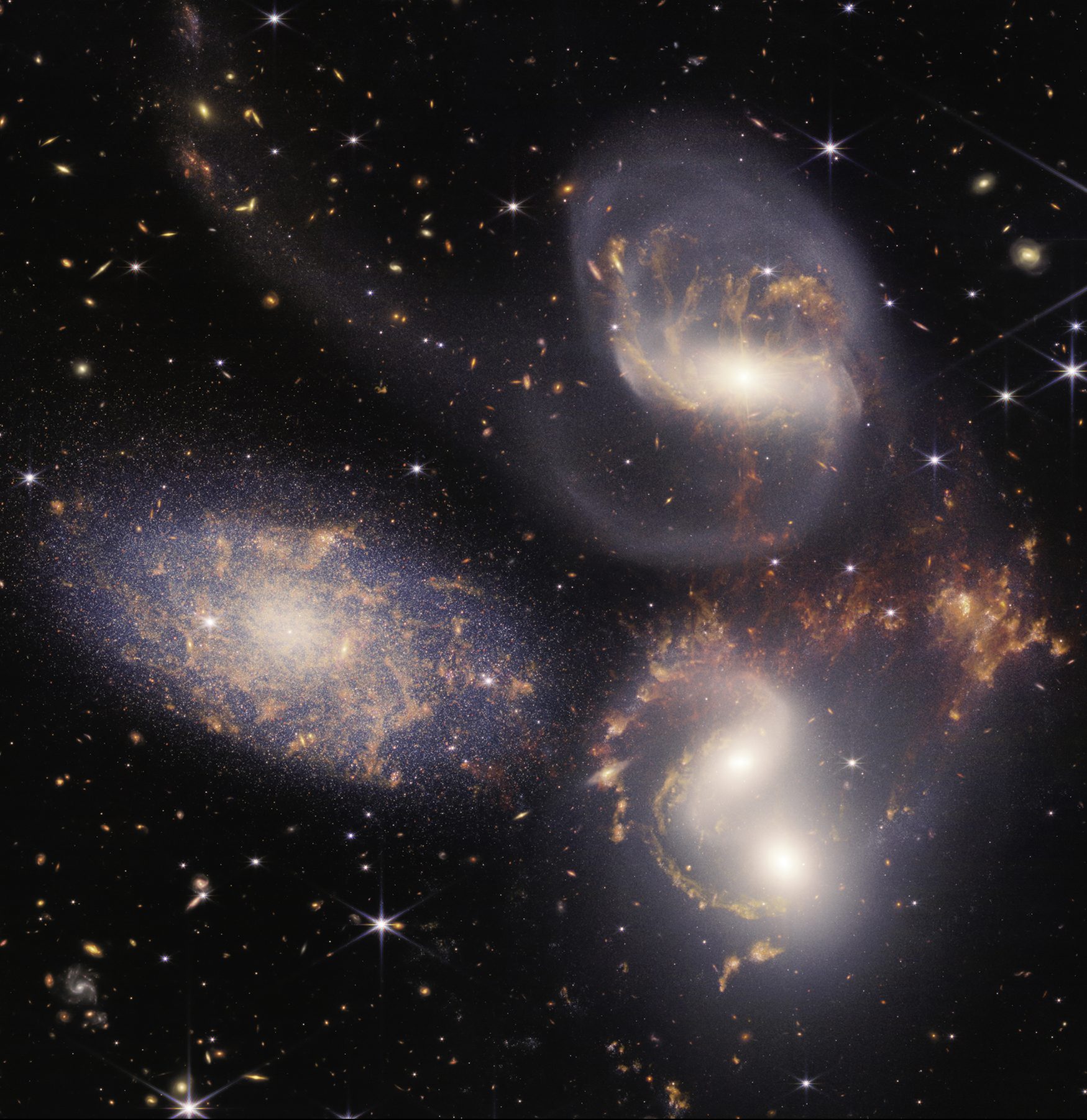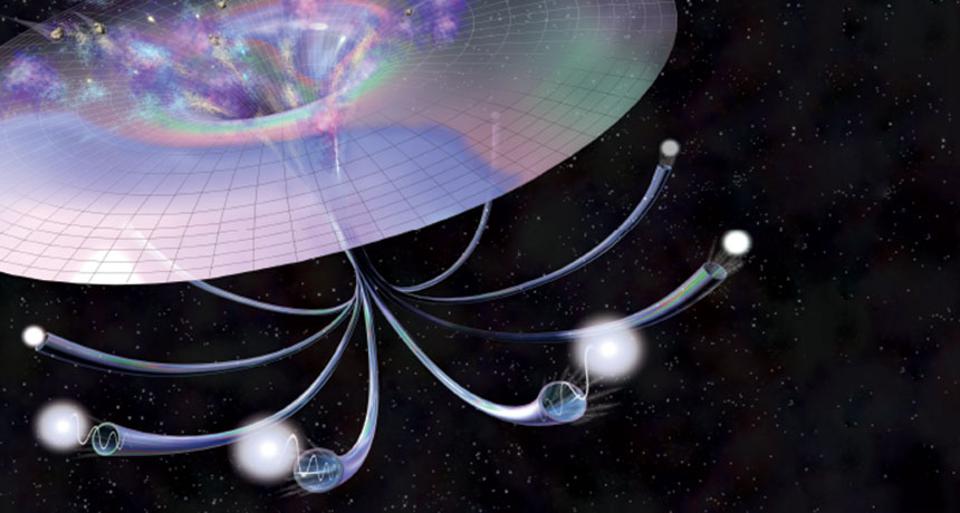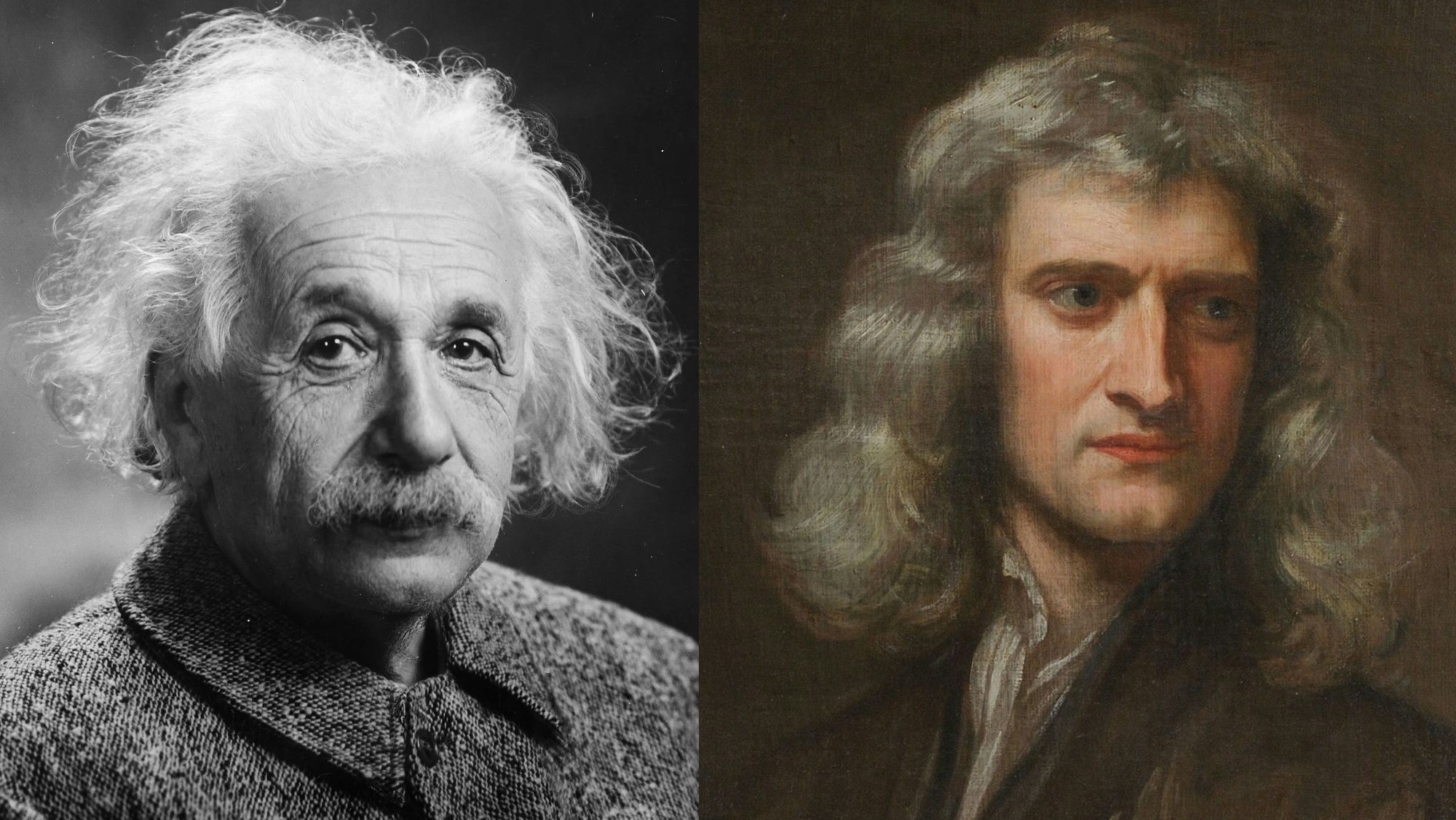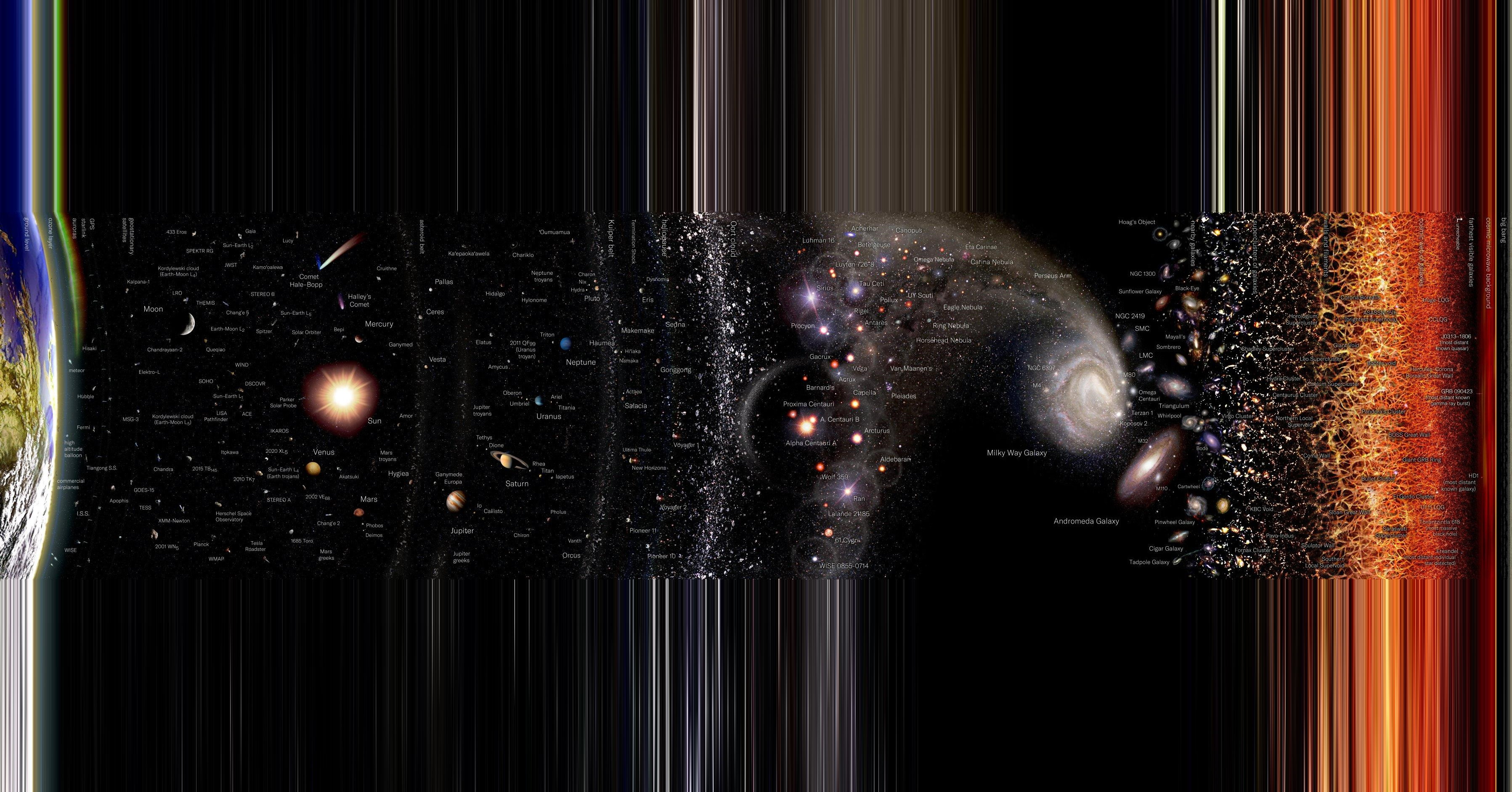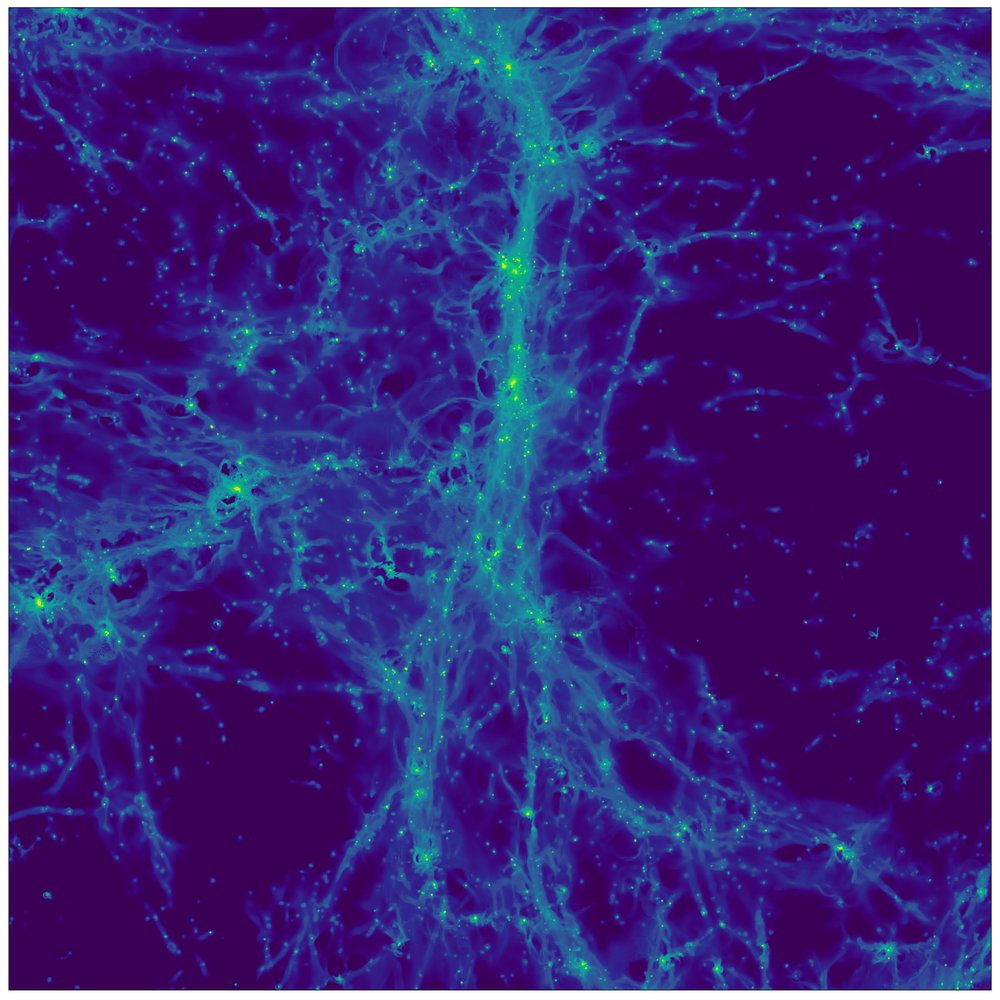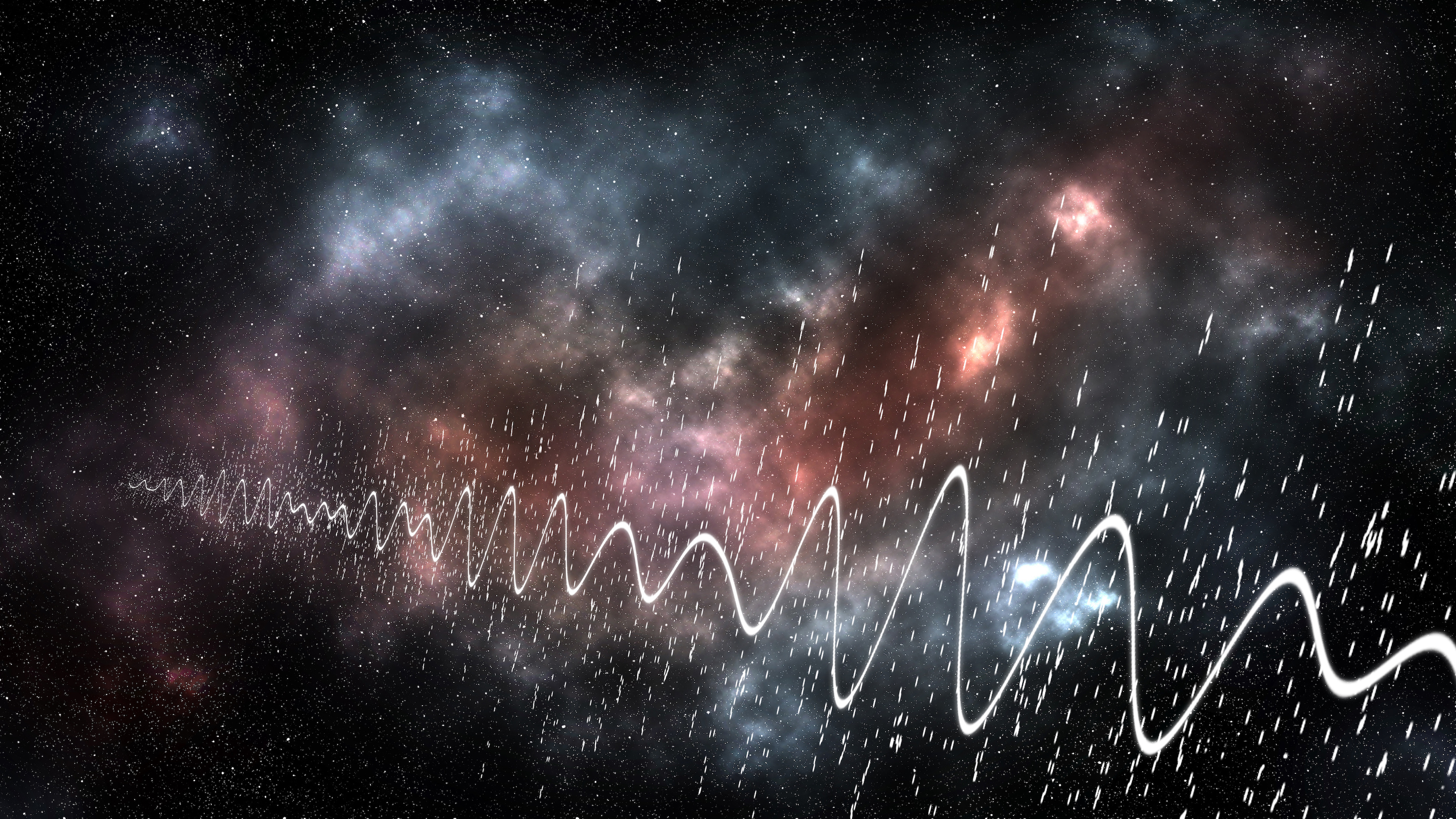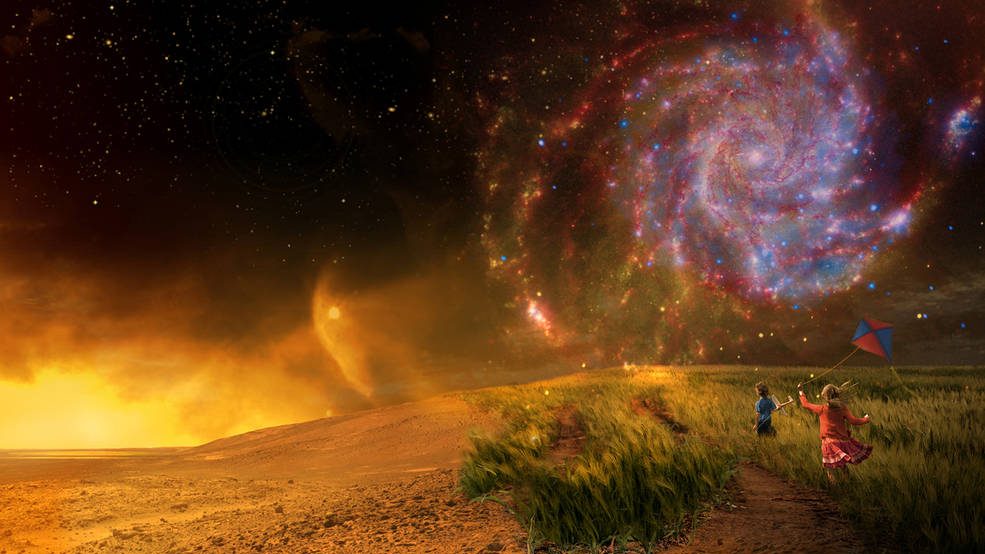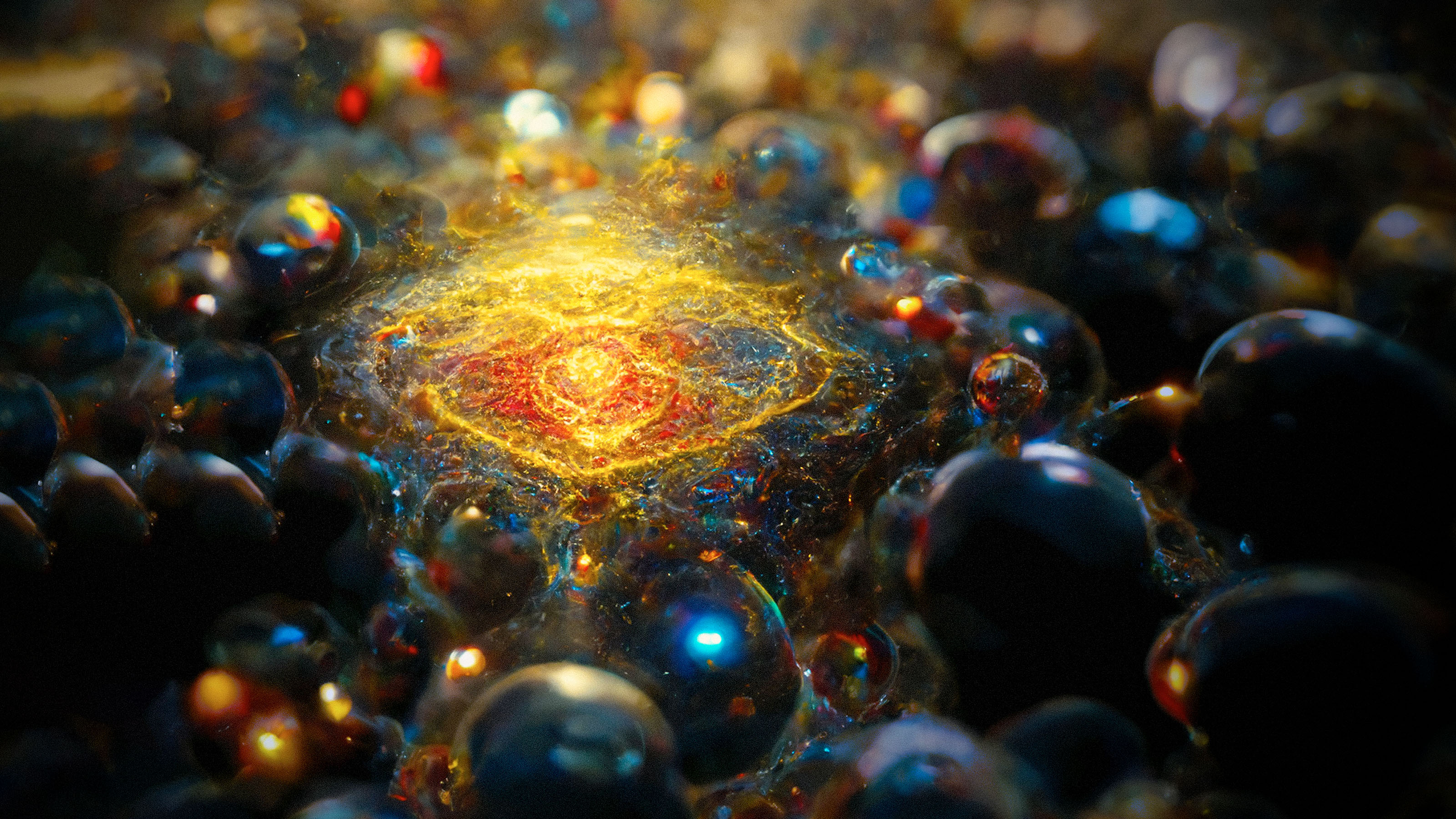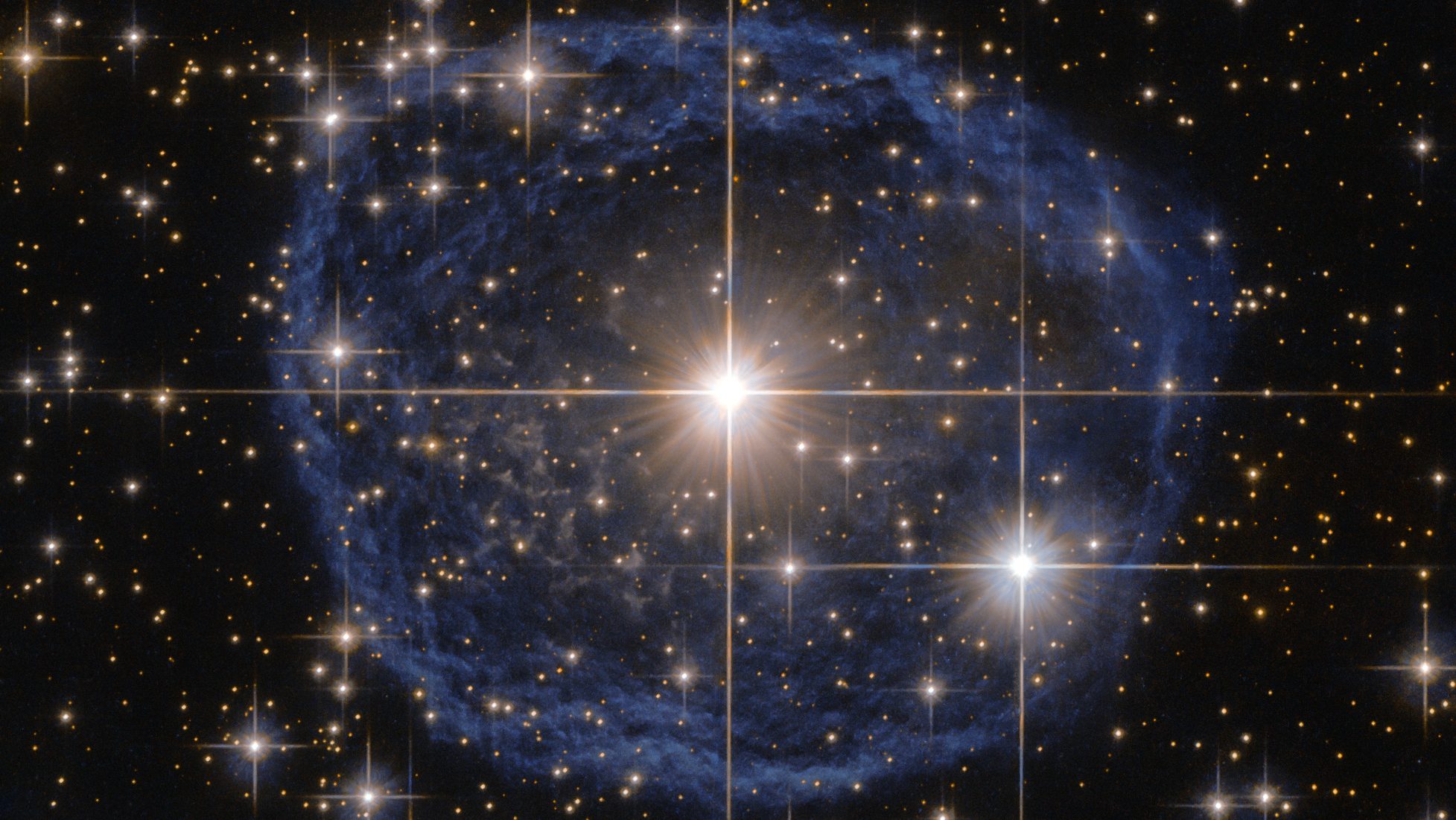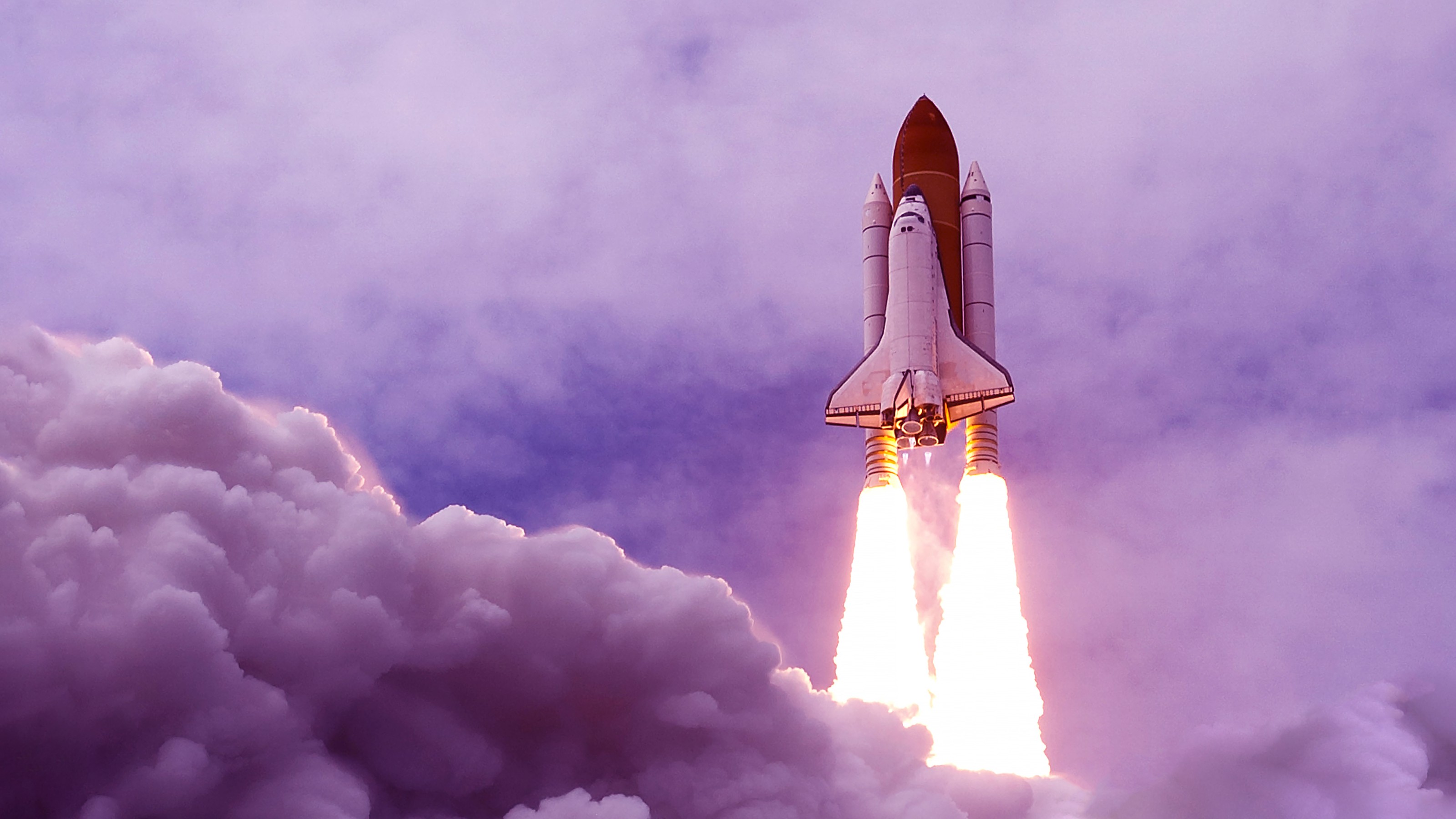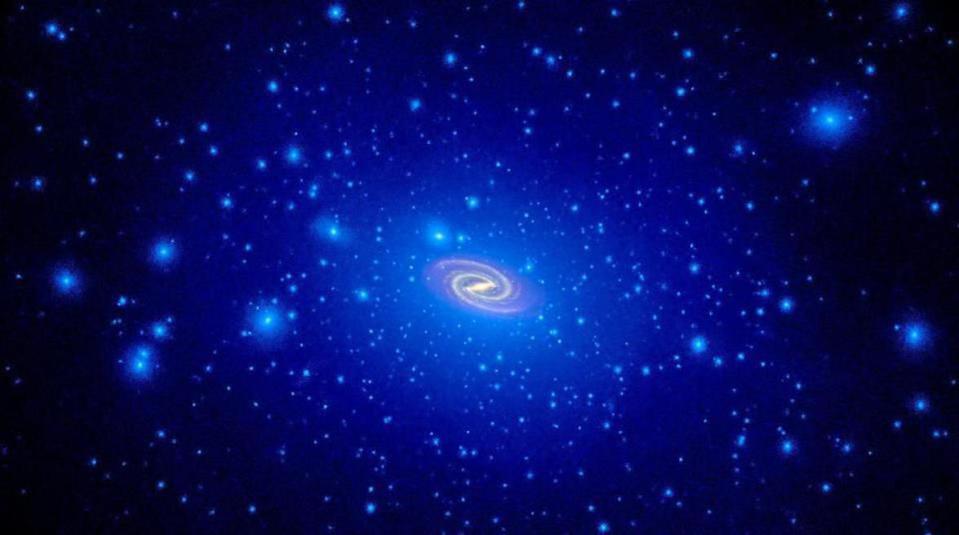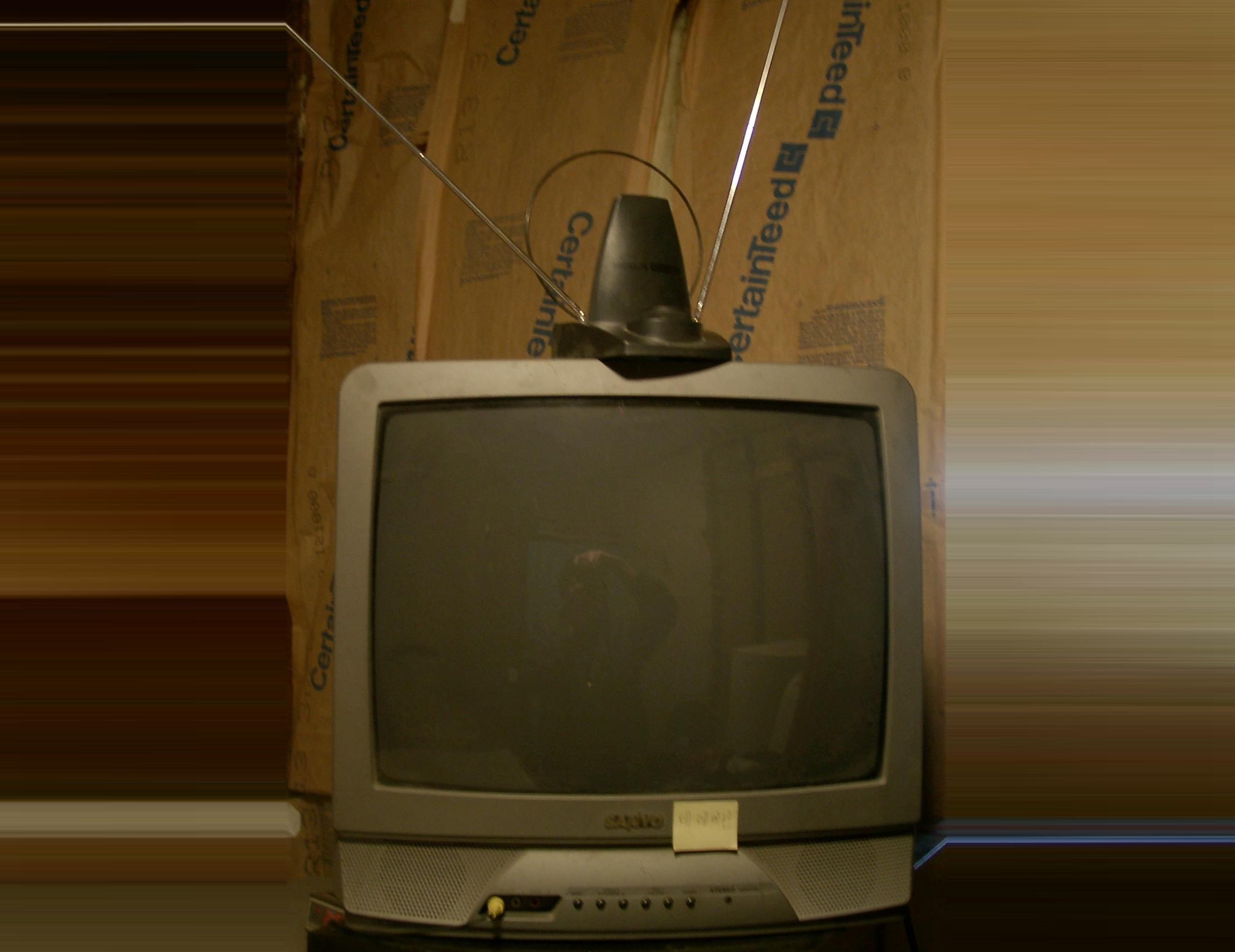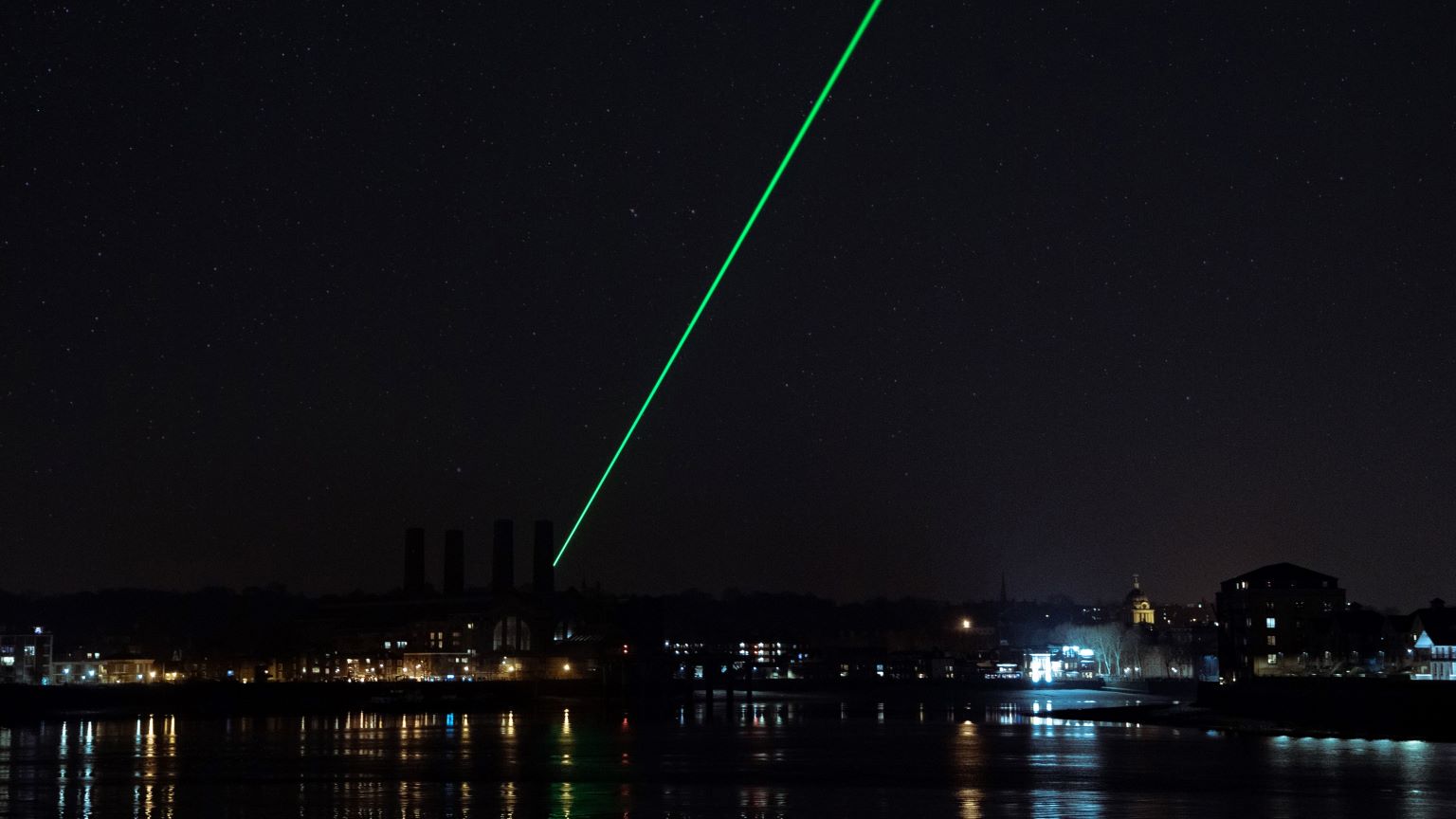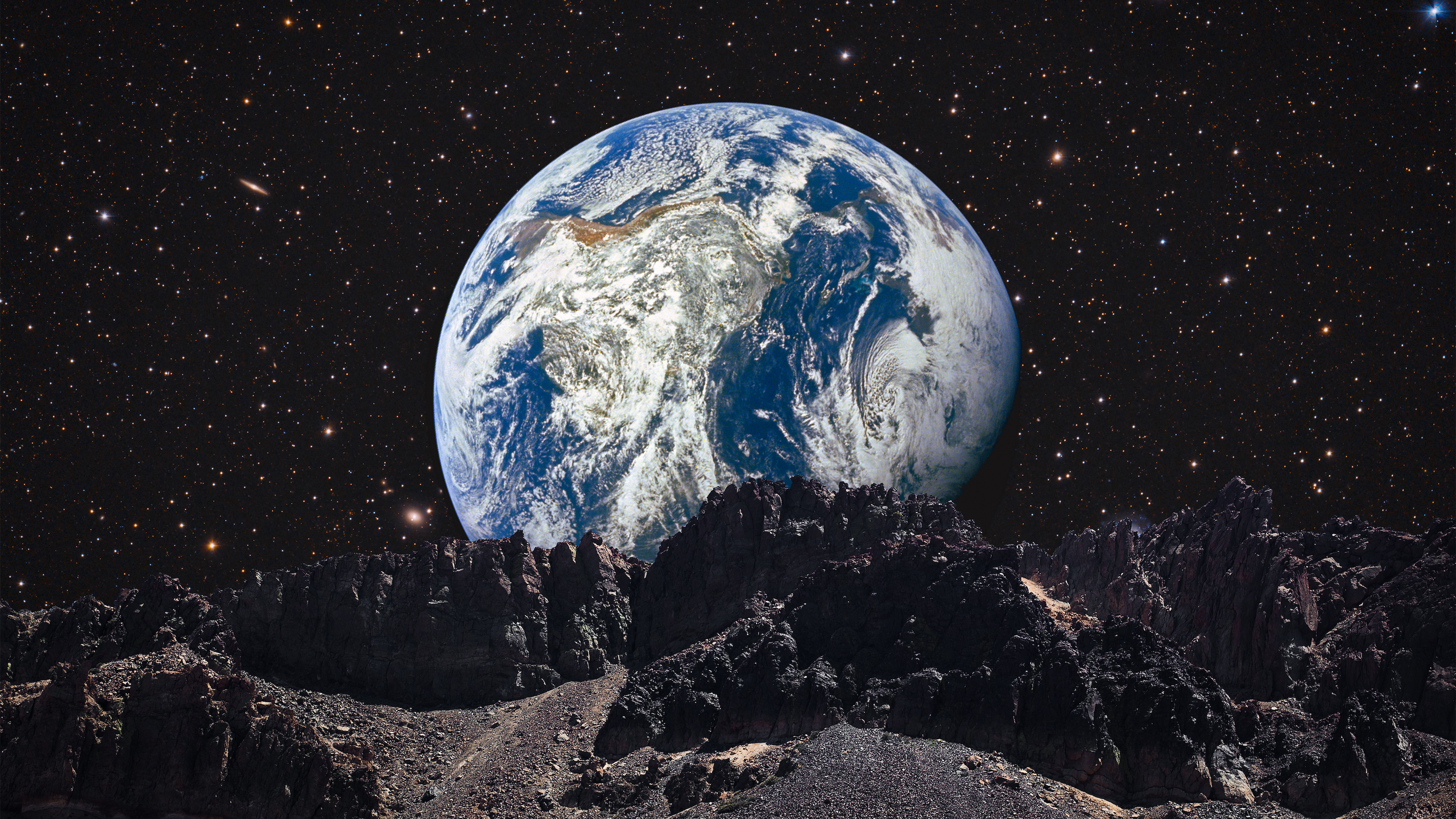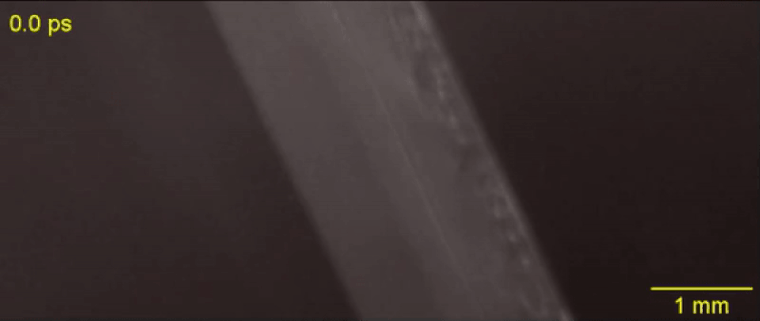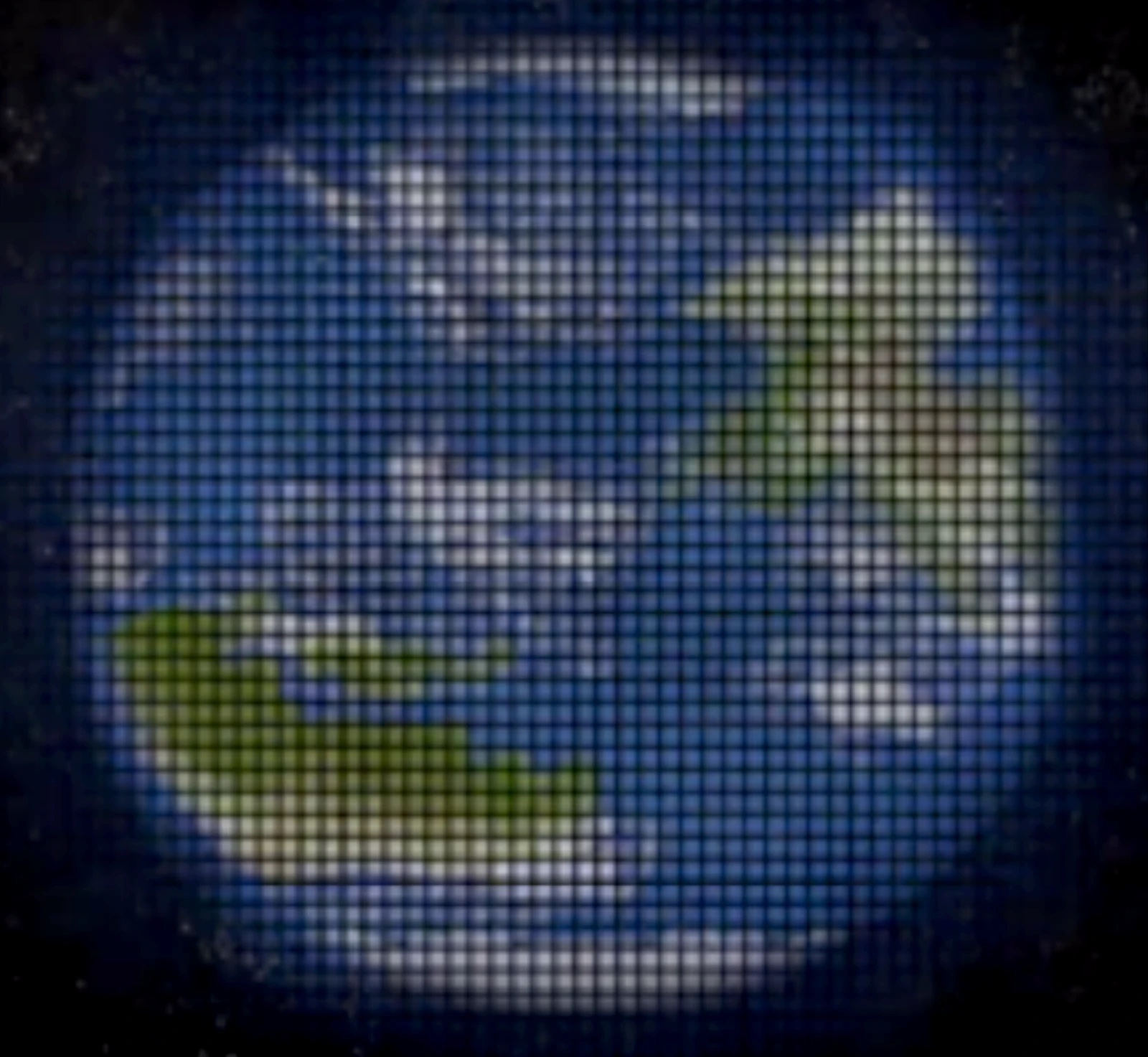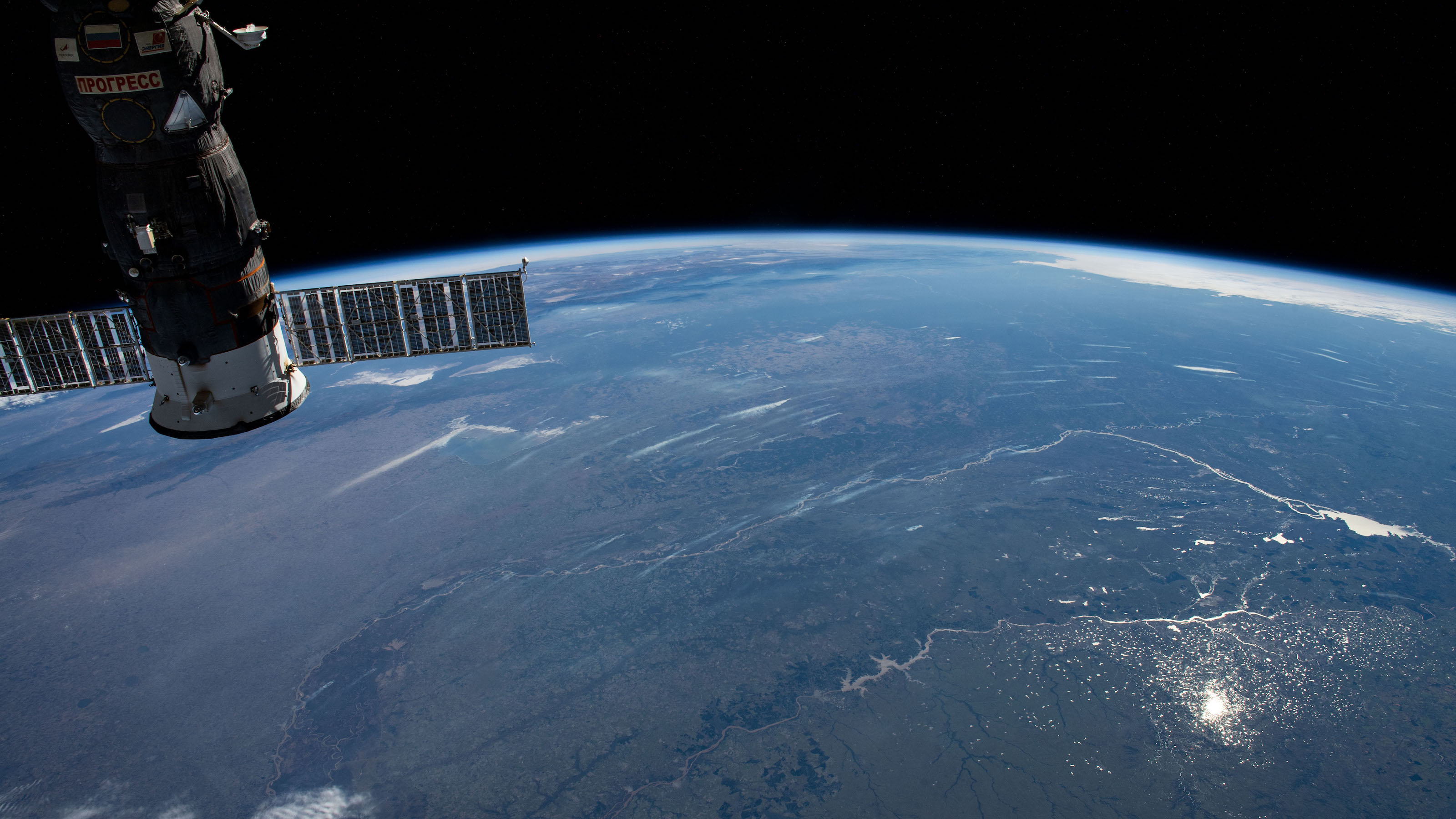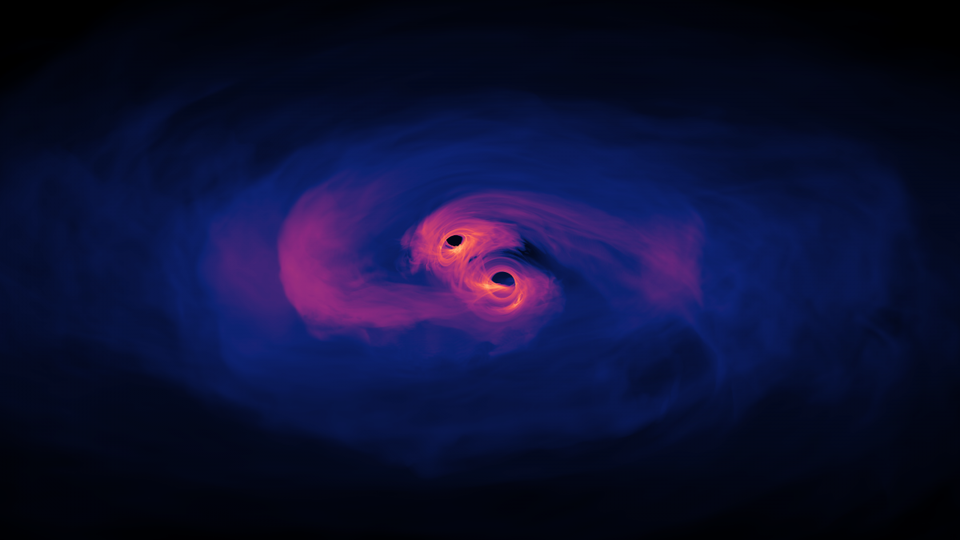Space & Astrophysics
Oxygen isn’t strictly necessary for combustion, but it is ideal. Any advanced (alien) civilization probably uses oxygen to burn things.
The last 70 years have taken us farther than the previous 70,000. But can we accomplish more than creating a record saying, “We were here?”
From black holes to dark energy to chances for life in the Universe, our cosmic journey to understand it all is just getting started.
No. No no no. Just… no. The JWST has truly blown our scientific minds, but it’s a pure crackpot idea that the Big Bang is now disproven.
Unexpected images of galaxies from the James Webb Space Telescope do not disprove the Big Bang. There are other likelier explanations.
Is science absolute? Its truths and discoveries guide us toward the nature of reality, but we must always remain open-minded to revisions.
Hubble revolutionized astronomy more than once. Here’s what we can expect from the James Webb Space Telescope.
As we gain new knowledge, our scientific picture of how the Universe works must evolve. This is a feature of the Big Bang, not a bug.
Einstein’s “happiest thought” led to General Relativity’s formulation. Would a different profound insight have led us forever astray?
As we look to larger cosmic scales, we get a broader view of the expansive cosmic forest, eventually revealing the grandest views of all.
Our model of the Universe, dominated by dark matter and dark energy, explains almost everything we see. Almost. Here’s what remains.
In special relativity, the statement that two events happened at the same time is meaningless.
Should we be searching for life on other planets, or technology?
The anthropic principle has fascinating scientific uses, where the simple fact of our existence holds deep physical lessons. Don’t abuse it!
The false assumption the Multiverse relies on is that something which exists requires an explanation.
At their cores, stars can reach many millions or even billions of degrees. But even that doesn’t touch the hottest of all.
The key problem with the dark matter hypothesis is that nobody knows what form dark matter might take.
NASA was dangerously cavalier about the dangers of the shuttle launches.
There’s an extra source of massive “stuff” in our Universe beyond what gravitation and normal matter can explain. Could light be the answer?
If you have an old TV set with the “rabbit ear” antennae, and you set it to channel 03, that snowy static can reveal the Big Bang itself.
Unless you have a critical mass of heavy elements when your star first forms, planets, including rocky ones, are practically impossible.
There’s an extremely good chance that there is, or at least was, life on Mars. But is it native to Mars, or did it originate from Earth?
As technology advances, the use of laser weapons in space becomes more likely.
Not too hot, not too cold…
In all the Universe, only a few particles are eternally stable. The photon, the quantum of light, has an infinite lifetime. Or does it?
Dark matter has never been directly detected, but the astronomical evidence for its existence is overwhelming. Here’s what to know.
With a telescope at just the right distance from the Sun, we could use its gravity to enhance and magnify a potentially inhabited planet.
“You develop an instant global consciousness, a people orientation, an intense dissatisfaction with the state of the world, and a compulsion to do something about it.”
We only detected our very first gravitational wave in 2015. Over the next two decades, we’ll have thousands more.
